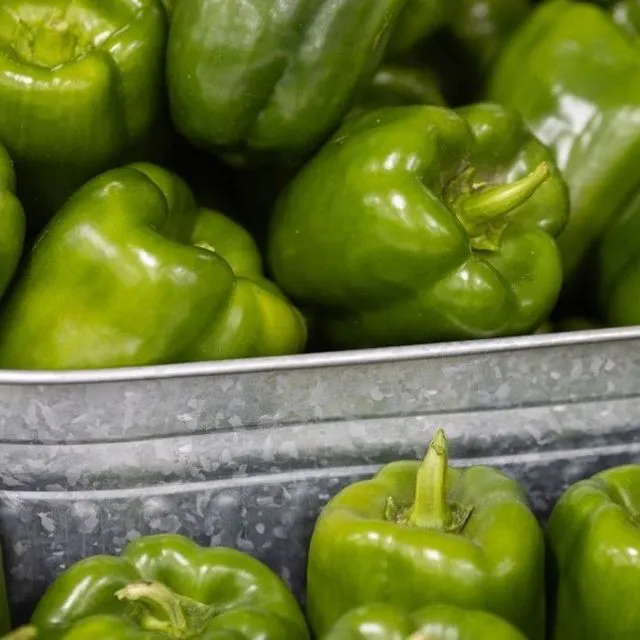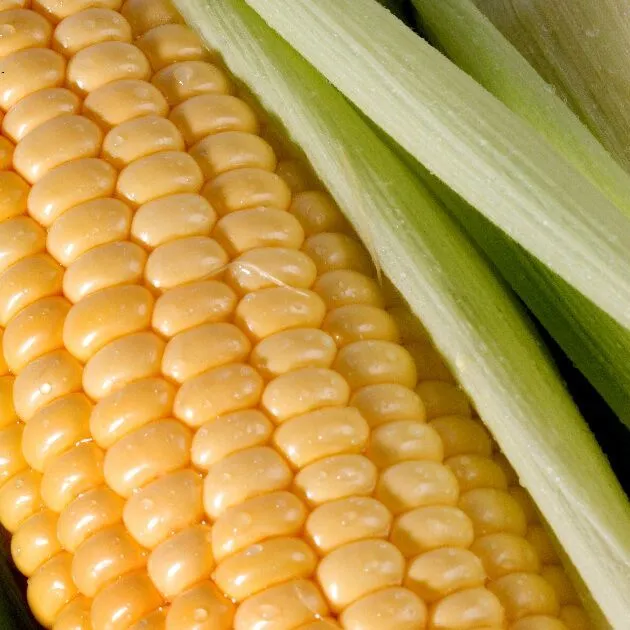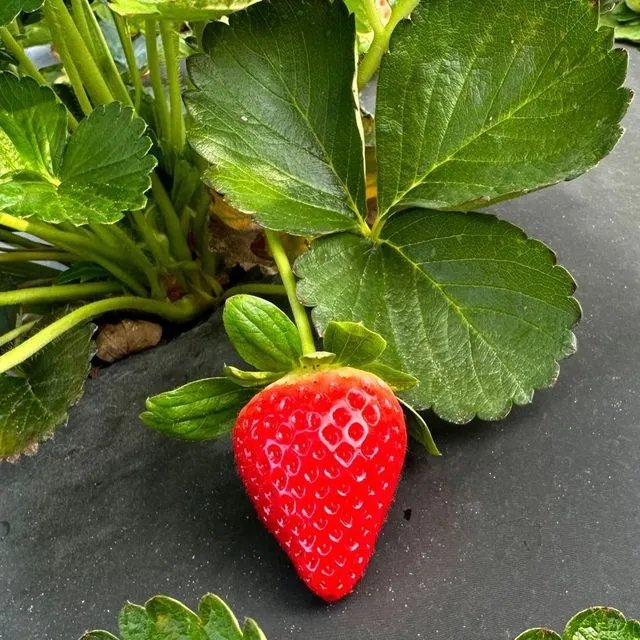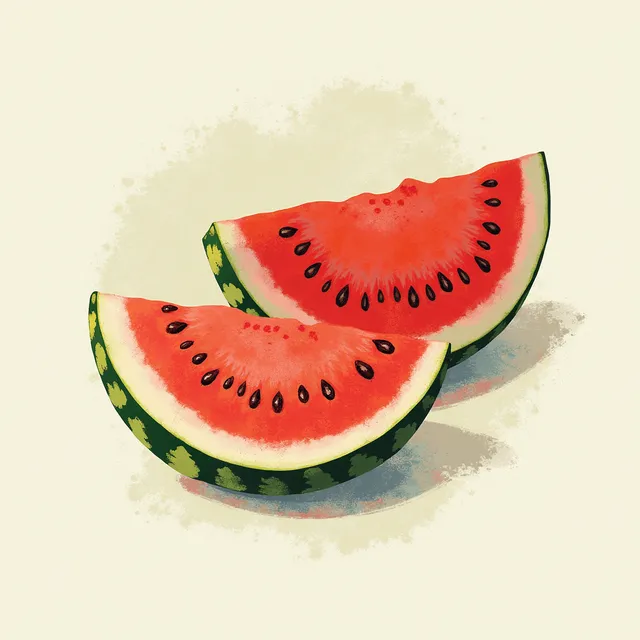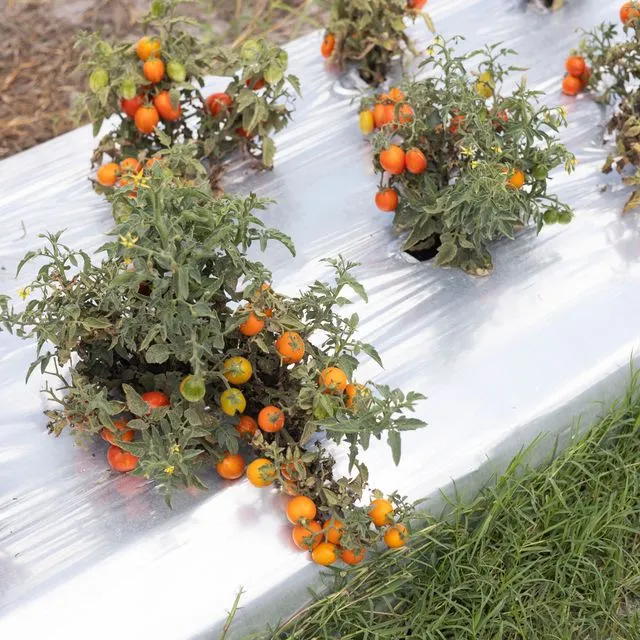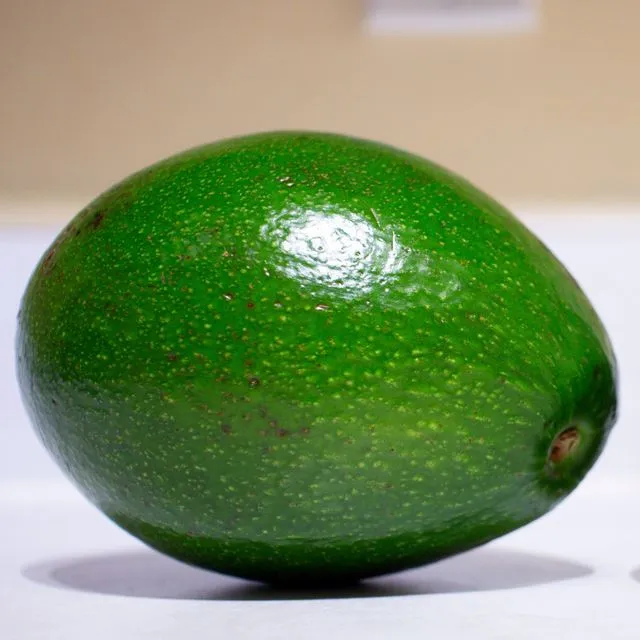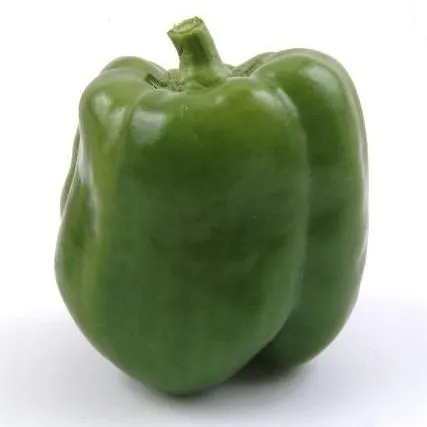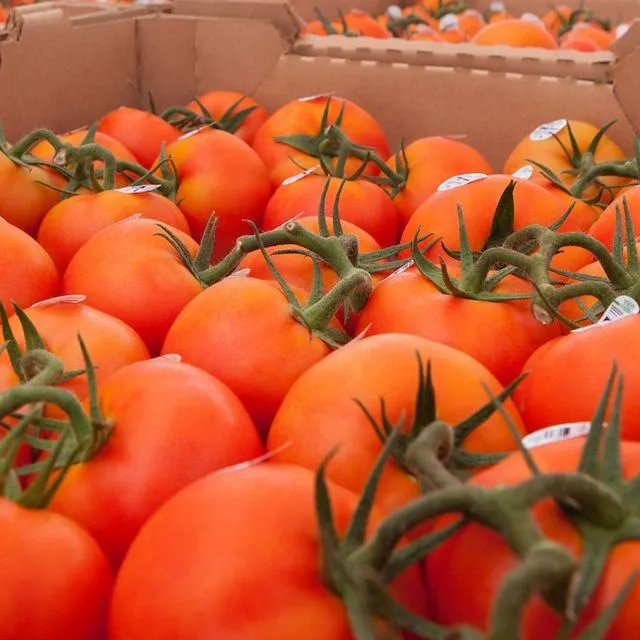Food and Resource Economics
FRE departmental programs reflect the diversity of Florida's agriculture which has more than 200 commodities. The Department has 40 faculty members involved in a full range of research, extension, and teaching programs including Agribusiness and Consumer Behavior, International Development, Natural Resources and Environmental Economics, Marine Resource Economics, and Agricultural Economics, Trade, and Policy. In addition to 33 faculty members located at the main campus in Gainesville, seven faculty are found at research and education centers located throughout the state.
Editorial Team
- Lisa House - Chair, Approver
- Susan Gildersleeve - ICS Editor
- Bill Messina, Jr. - Editor
Related Links
New and Revised Publications
FRE departmental programs reflect the diversity of Florida's agriculture which has more than 200 commodities. The Department has 40 faculty members involved in a full range of research, extension, and teaching programs including Agribusiness and Consumer Behavior, International Development, Natural Resources and Environmental Economics, Marine Resource Economics, and Agricultural Economics, Trade, and Policy. In addition to 33 faculty members located at the main campus in Gainesville, seven faculty are found at research and education centers located throughout the state.
Editorial Team
- Lisa House - Chair, Approver
- Susan Gildersleeve - ICS Editor
- Bill Messina, Jr. - Editor
Related Links
New and Revised Publications
Showing 100 of 378 Publications
Showing of 67 Experts



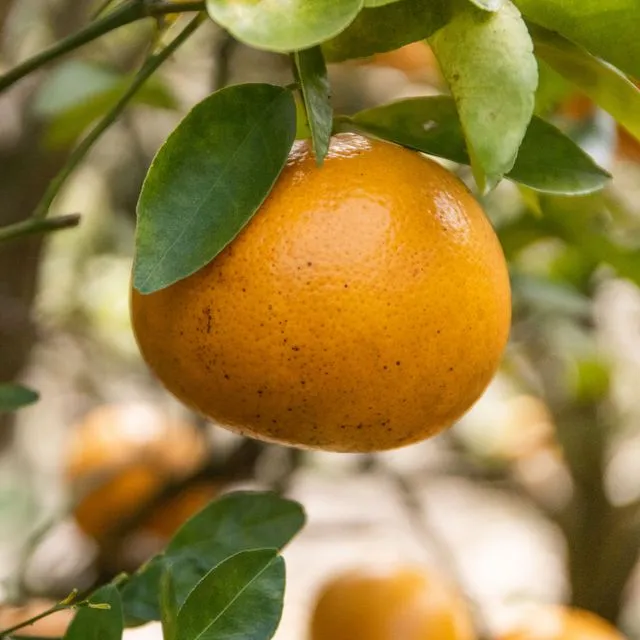


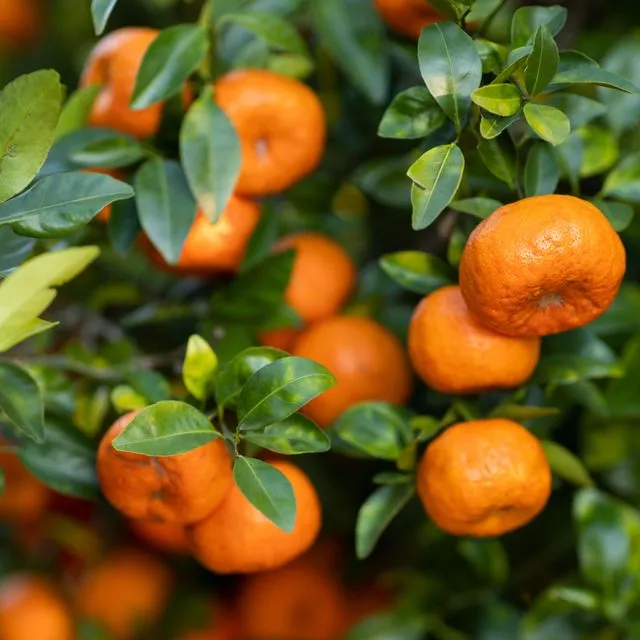









![thumbnail for publication: 2021 Handbook of Florida Water Regulation: Comprehensive Environmental Response, Compensation, and Liability Act [Superfund]](/image/FE584\Dkzi2c30js\thumbnail/FE584-thumbnail-640.webp)






























![thumbnail for publication: 2025 Handbook of Florida Water Regulation: Emergency Planning and Community Right-to-Know Act [Title III of the Superfund Amendments and Reauthorization Act]](/image/FE586\Dirbk3kh0q\thumbnail/FE586-thumbnail-640.webp)












